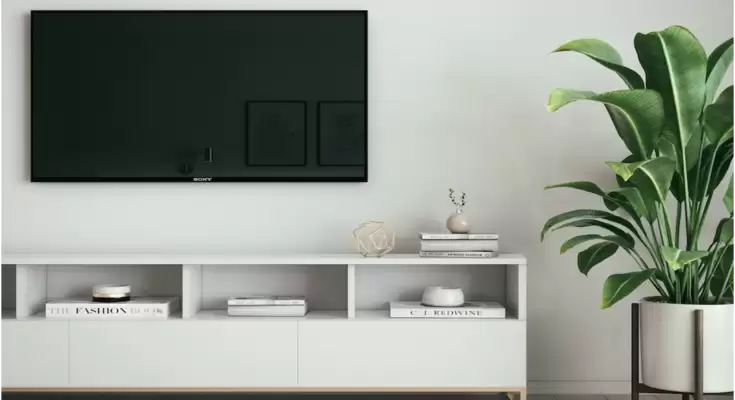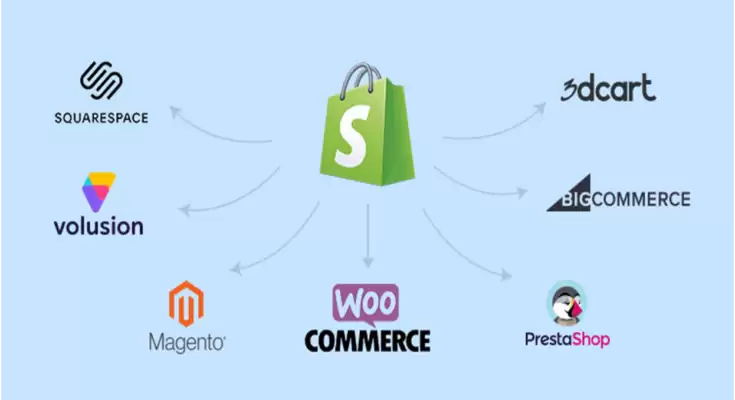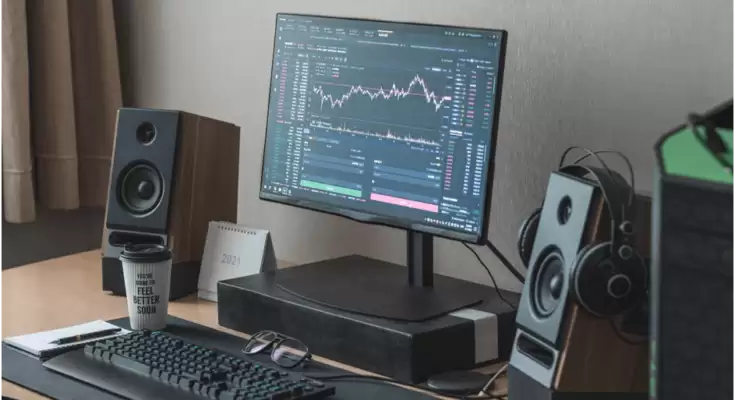Kudos if you have decided to purchase a new television and are now attempting to choose which model would be best for your home. The choice of TV to get can be daunting, especially since there are millions of options. When looking for your new TV, there are a lot of considerations to make, regardless of the size of your living space, whether it be a studio apartment or a mansion. Lucky for you.
This article makes things easy and direct as it walks you through selecting the most suitable television for your preferences.
1. TV Display Technology
Right from the bat, OLED TVs are the best available options. OLED televisions are a flat panel display technology that generates pictures on the screen using organic light-emitting diodes (OLEDs) as the primary light source. OLED televisions are widely regarded as the greatest kind of television now on the market owing to their superior image quality and a wide range of additional advantages.
For instance, the TVs have broad viewing angles, meaning the picture quality is not dramatically altered when seen from various angles. This is a distinct advantage over traditional LCD and LED TVs. Further, because of their small size and low weight, OLED televisions are very simple to install on a wall.
Considering these aspects, buyers are moving towards brands offering quality OLED TVs. For instance, there’s a huge demand for new and refurbished OLED65CXPTA that features intelligent ThinQ AI for the home cinema experience.
2. Display Resolution
The resolution of a screen can make or break the quality of a TV. Different TVs feature different kinds of revolution. Ideally, the resolution is considered the metric that measures the number of pixels on your TV, often in dots per inch (DPI). Presently, the best quality resolution features the 4K screen.
4K resolution is superior to traditional HD TVs for various reasons. The difference between an HDTV and a 4K TV is that 4K televisions have four times as many pixels as 1080p models. Therefore, they provide a sharper image with more detail and color depth. Depending on how much you have budgeted for your TV, you can get a variety of 4K options.
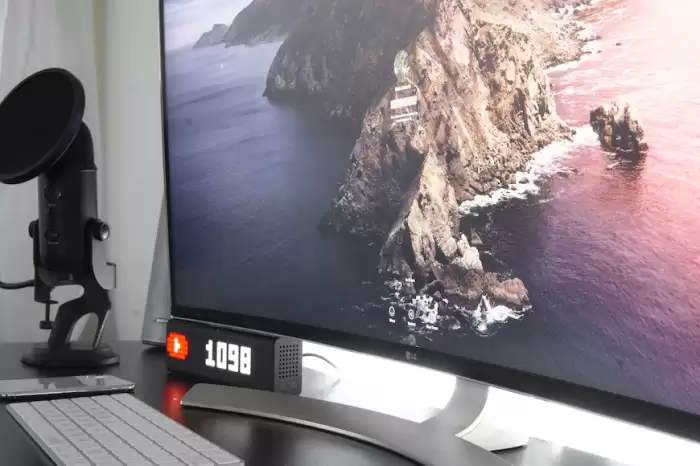
3. Screen Size
Many people think that screen size is everything when choosing a TV, and to some extent, they are right. Smaller screens are tiring to watch and often have an inferior quality. However, the size of the screen you get must be proportional to your room. Having an extremely large TV in a small room will adversely affect your TV experience since your eyes might strain to see some things on the screen’s further edges.
Ideally, you should strive to ensure that your screen size is roughly half the distance between the viewer and the screen. So, if you have a 10-foot distance from your screen, you should probably get a 65″ TV.
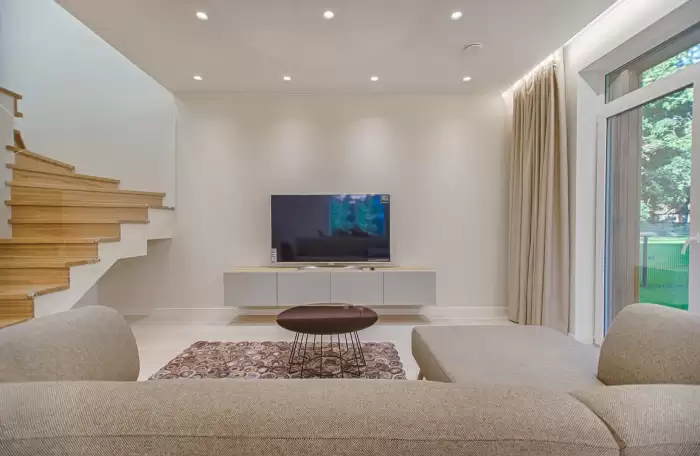
4. Connectivity
Before getting a TV, you should ensure it has all the necessary connectivity requirements. A good TV must be universally compatible. Some options that you must have include HDMI, HDCP 2.2, and CEC.
Additionally, a digital optical audio port is a must-have, especially if you want to connect your TV to a soundbar in the future. The kind of ports your TV has can determine what other TV accessories you can go for. If your TV cannot support Blu-Ray or other advanced options, your accessories will be limited.
You wouldn’t want to miss out on getting the latest PlayStation or XBOX simply because your TV is incompatible, now, would you? Make sure the TV you get has universal compatibility before you leave the shop.
5. Smart TV Capabilities
Technology runs the world in modern times; the same goes for TVs. There is no use getting a TV that is incompatible with modern technology. The best TV options must be smart TVs compatible with different streaming options, such as YouTube, Netflix, Hulu, and HBO.
You also want your TV to have internet connectivity options through WiFi and Ethernet. This will allow you to enjoy all the entertainment options you want and update your TV if the manufacturer rolls out new nifty features.
6. Refresh Rate
This last option is a nerdy extra lookout. The term “refresh rate” refers to the frequency with which a television’s display is changed, or “refreshed,” each second and is measured in hertz (Hz).
With a higher refresh rate, the display is updated faster, creating a more fluid and consistent picture, particularly useful for fast-paced action and gaming. TVs with a lower refresh rate are a burden when watching things that move around a lot. Thus, you want an option with a very high refresh rate.

Wrapping Up
In summary, the most important aspects to look out for when getting a TV are the display technology, the resolution, the screen size, connectivity, smart TV capabilities, and the TV refresh rate. Explore the available options and go for the best TV available.






